A Pattern Language. Towns. Buildings. Construction by Christopher Alexander, second edition
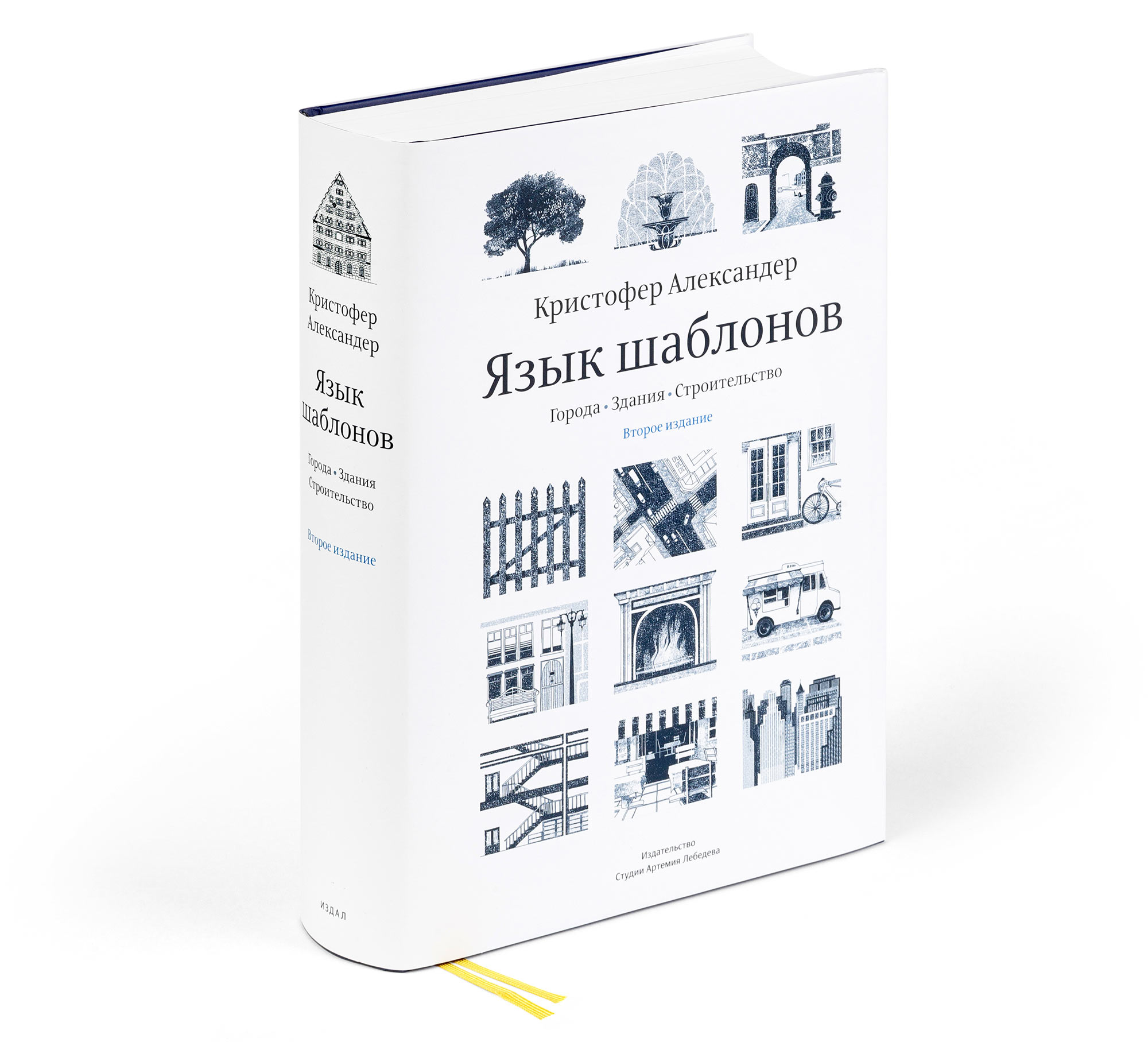
First published in 1977, the book presents a radically new approach to architecture and construction. At the core is the idea that people should design for themselves their own houses, streets and communities. This idea comes simply from the observation that most of the wonderful places of the world were not made by architects but by the people.
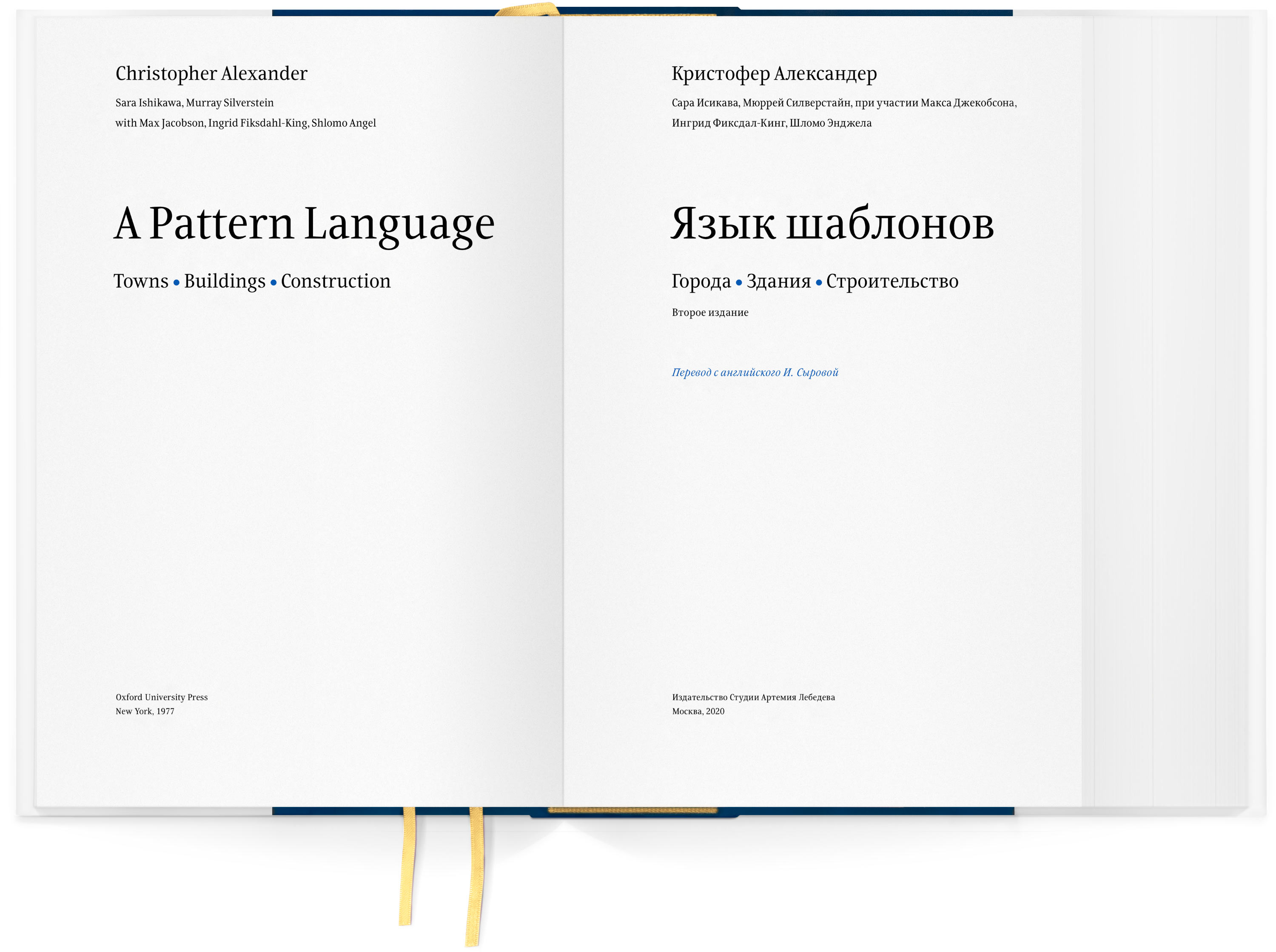
The book describes a new language for environmental design whose entities called patterns provide answers to architectural questions: how tall should the windows be, how many floors should a building have, what area should trees and lawns take up in a neighborhood, etc.
The edition contains more than 250 patterns, each including a description of the issue, its discussion supported by an illustration, and a solution. Using the book, one can design their own house, develop a design of an office, a workshop or a public building, together with their neighbors improve their community or even the whole city.
A Pattern Language is one of the most influential books of the 20th century which has never before been published in Russian despite its strong influence on the development of design, engineering, architecture and computer science, including object-oriented programming.
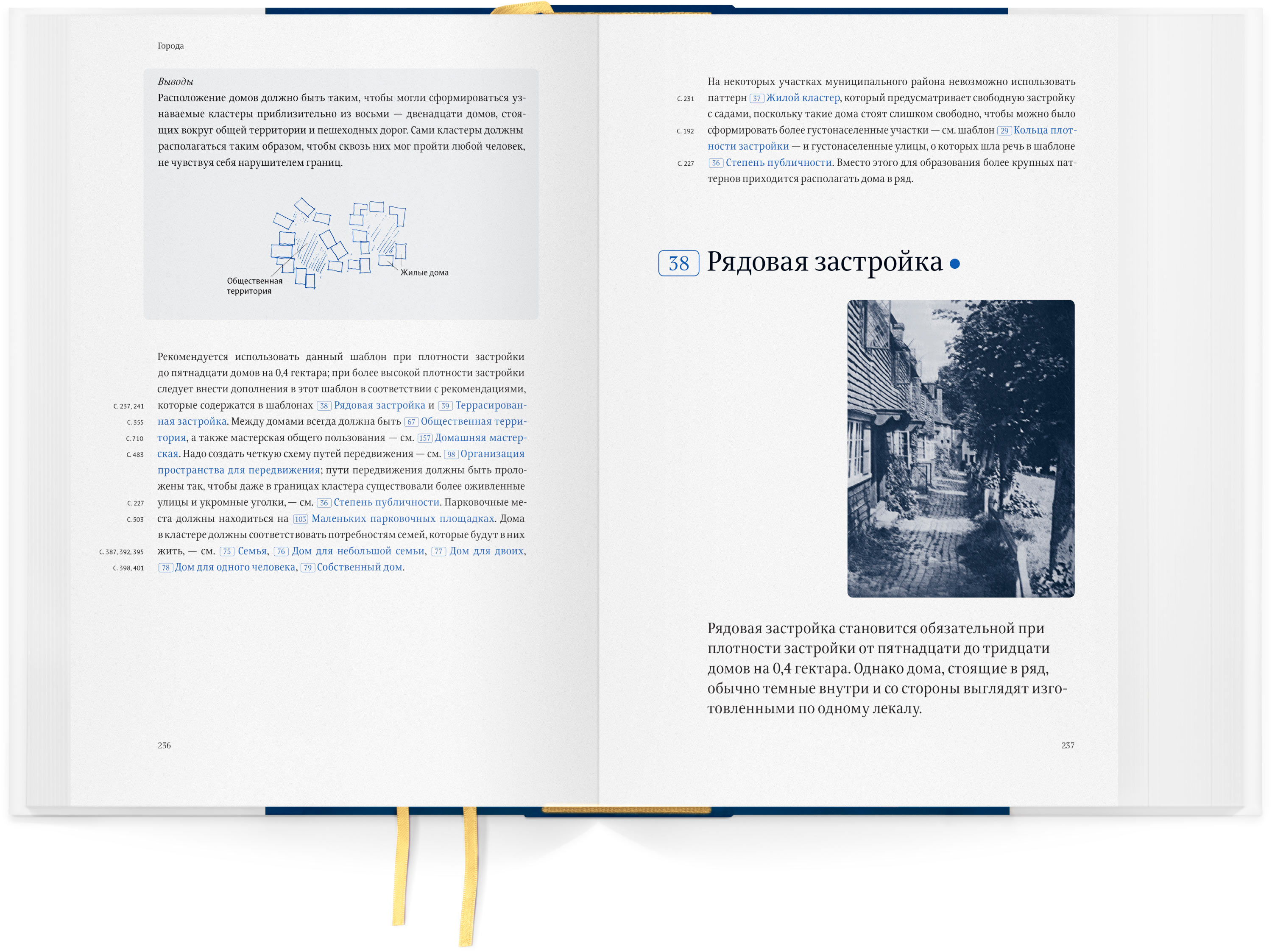
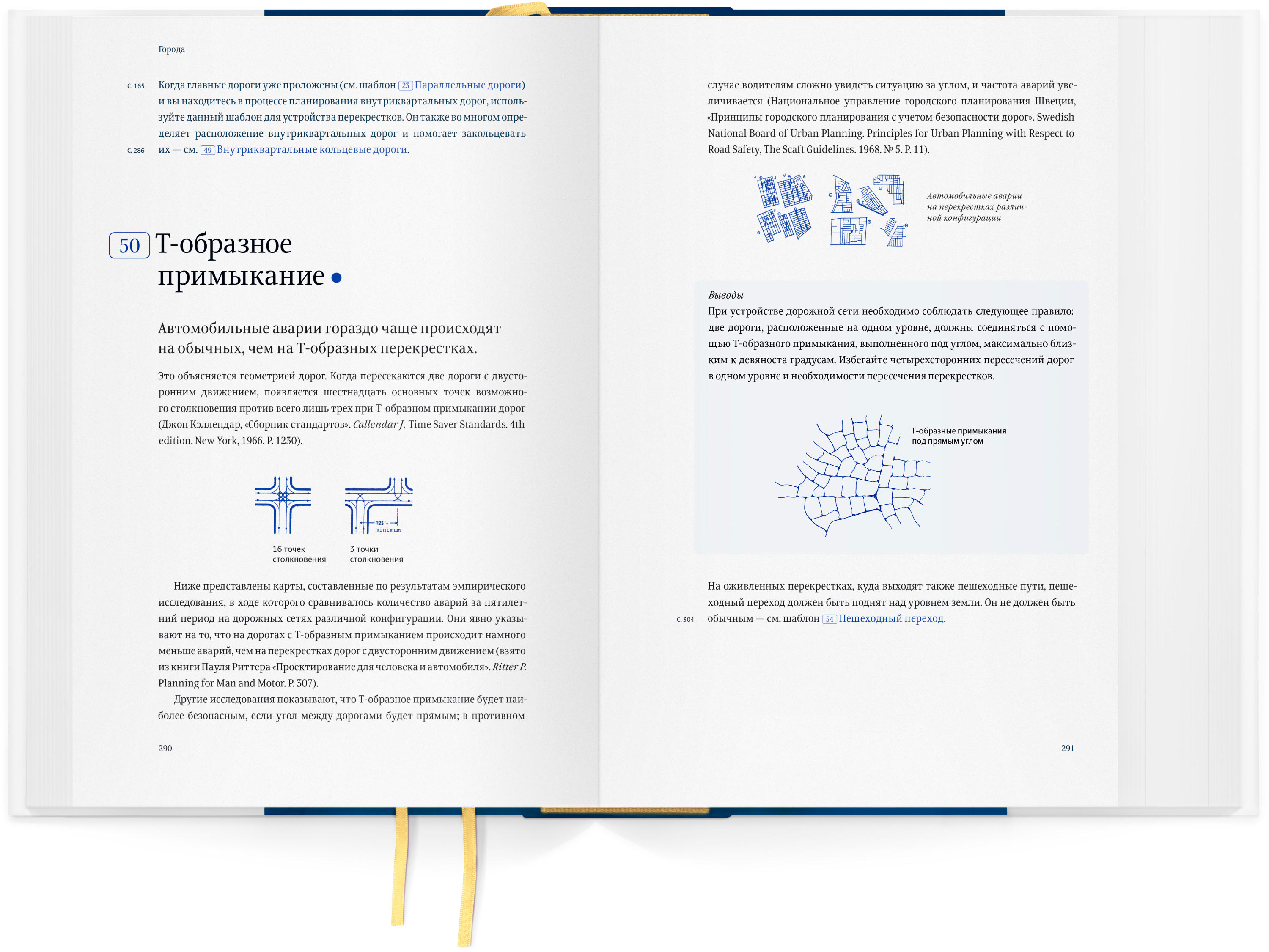
The personal rhythms of maintenance and repair are central to the well being of any part of a community, because it is only these rhythms which keep up a steady sequence of adaptations and corrections in the organization of the whole. Slums happen when these rhythms break down.Now in a town, the processes of maintenance and repair hinge on the fact of user ownership. In other words, the places where people are user-owners are kept up nicely; the places where they are not, tend to run down. When people have their own homes among shops, workplaces, schools, services, the university, these places are enhanced by the vitality that is natural to their homes. They extend themselves to make it personal and comfortable. A person will put more of himself into his home than into any of the other places where he spends his time. And it is unlikely that a person can put this kind of feeling into two places, two parts of his life. We conclude that many parts of the environment have the arid quality of not being cared for personally, for the simple reason that indeed nobody lives there.
It is only where houses are mixed in between the other functions, in twos and threes, in rows and tiny clusters, that the personal quality of the households and house-building activities gives energy to the workshops and offices and services.
/q2.gif) From the pattern “Housing in Between”
From the pattern “Housing in Between”
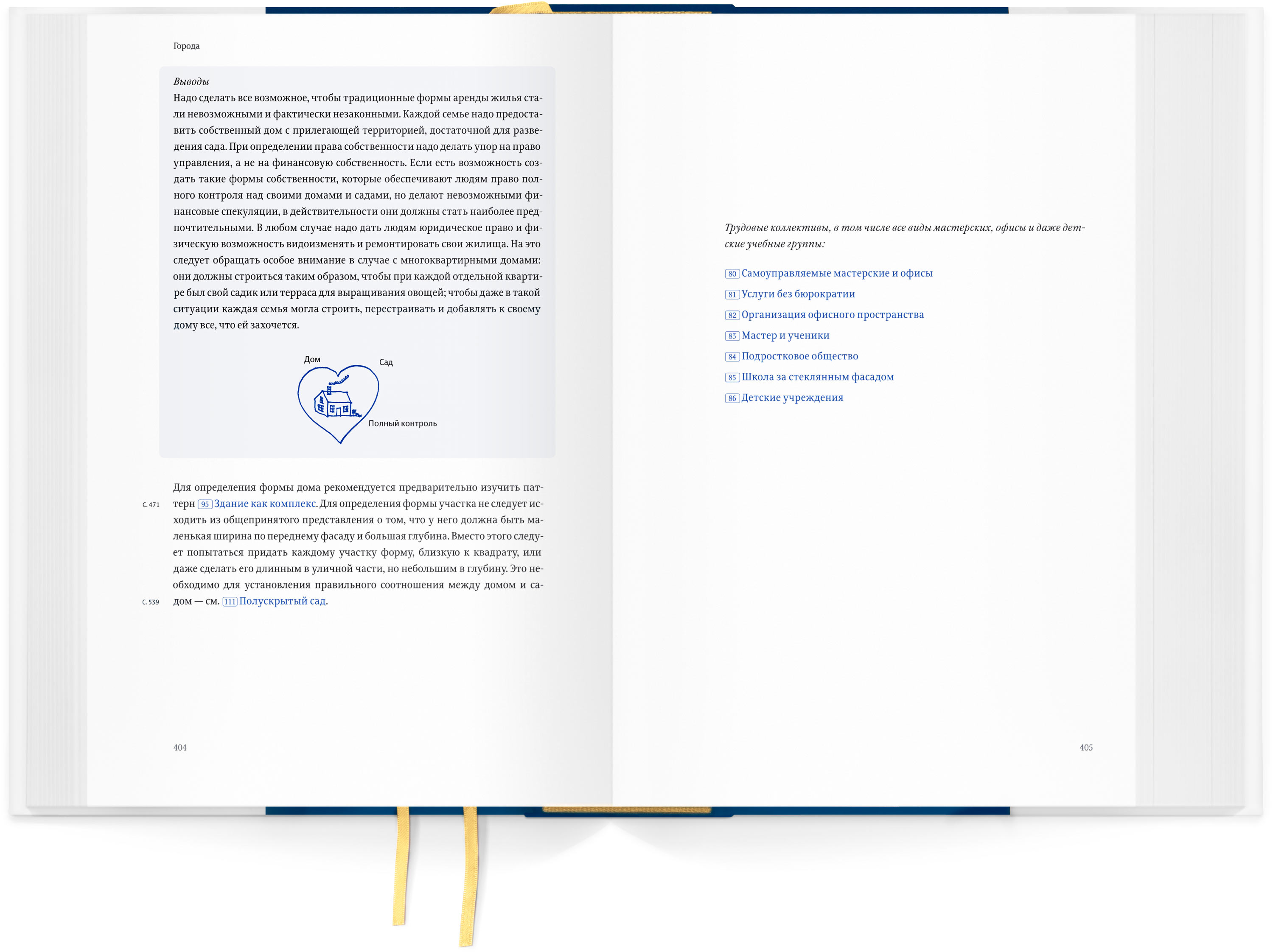

“Decor” and the conception of “interior design” have spread so widely, that very often people forget their instinct for the things they really want to keep around them.There are two ways of looking at this simple fact. We may look at it from the point of view of the person who owns the space, and form the point of view of the people who come to it.
From the owner’s point of view, it is obvious that the things around you should the things which mean most to you, which have the power to play a part in the continuous process of self-transformation, which is your life. That much is clear.
But this function has been eroded, gradually, in modern times because peple have begun to look outward, to others, and over their shoulders, at the people who are coming to visit them, and have replaced their natural instinctive decorations with the things which they believe will please and impress their visitors. This is the motive behind all the interior design and decor in the women’s magazines. And designers play on these anxieties by making total designs, telling people they have no right to move anything, paint the walls, or add a plant, because they are not party to the mysteries of Good Design.
But the irony is, that the visitors who come into a room don’t want this nonsense any more than the people who live there. It is far more fascinating to come into a room which is the living expression of a person, or a group of people, so that you can see their lives, their histories, their inclinations, displayed in manifest form around the walls, in the furniture, on the shelves. Beside such experience—and it is as ordinary as the grass—the artificial scene-making of “modern decor” is totally bankrupt.
/q2.gif) From the pattern “Things From Your Life”
From the pattern “Things From Your Life”
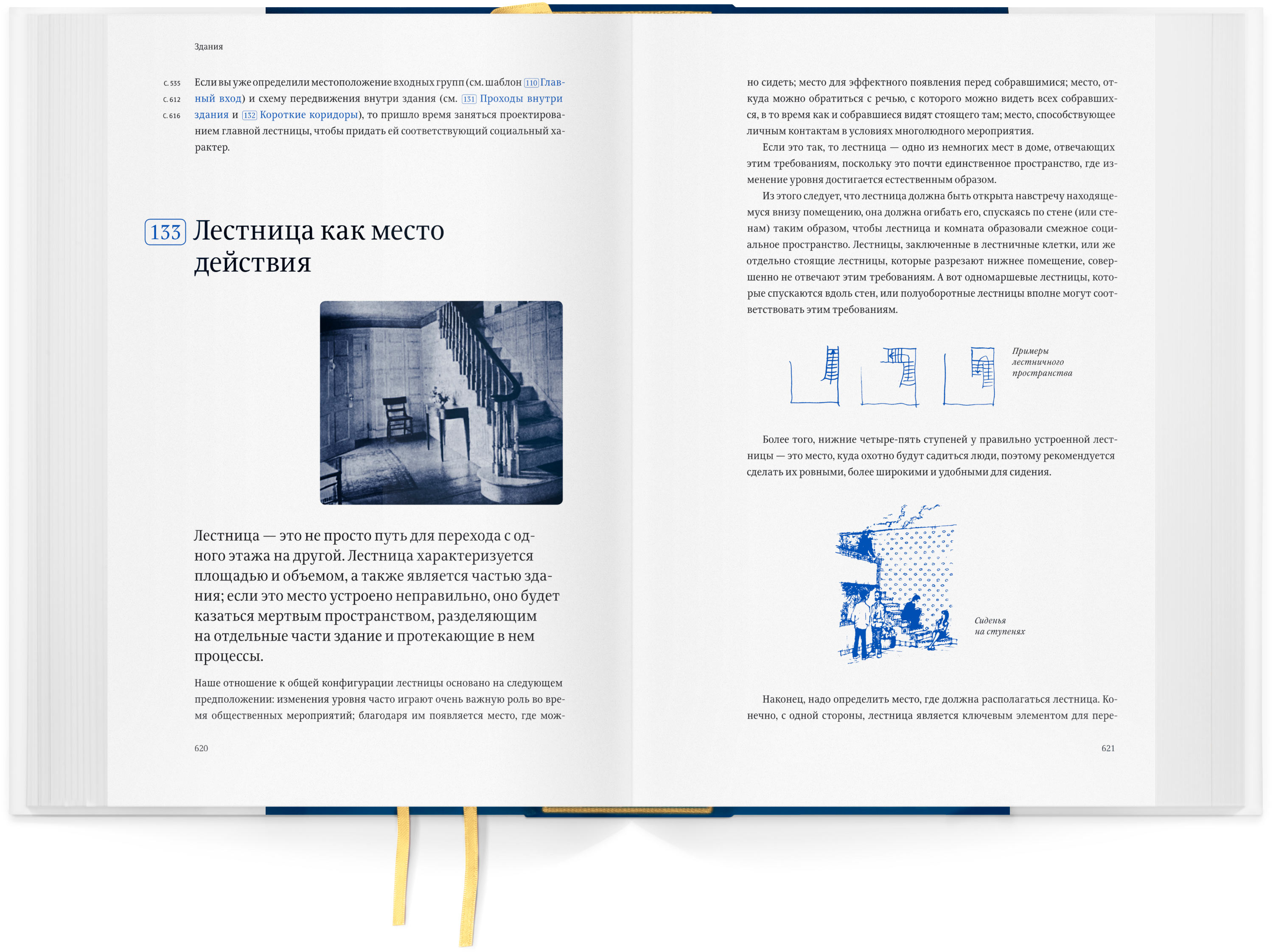
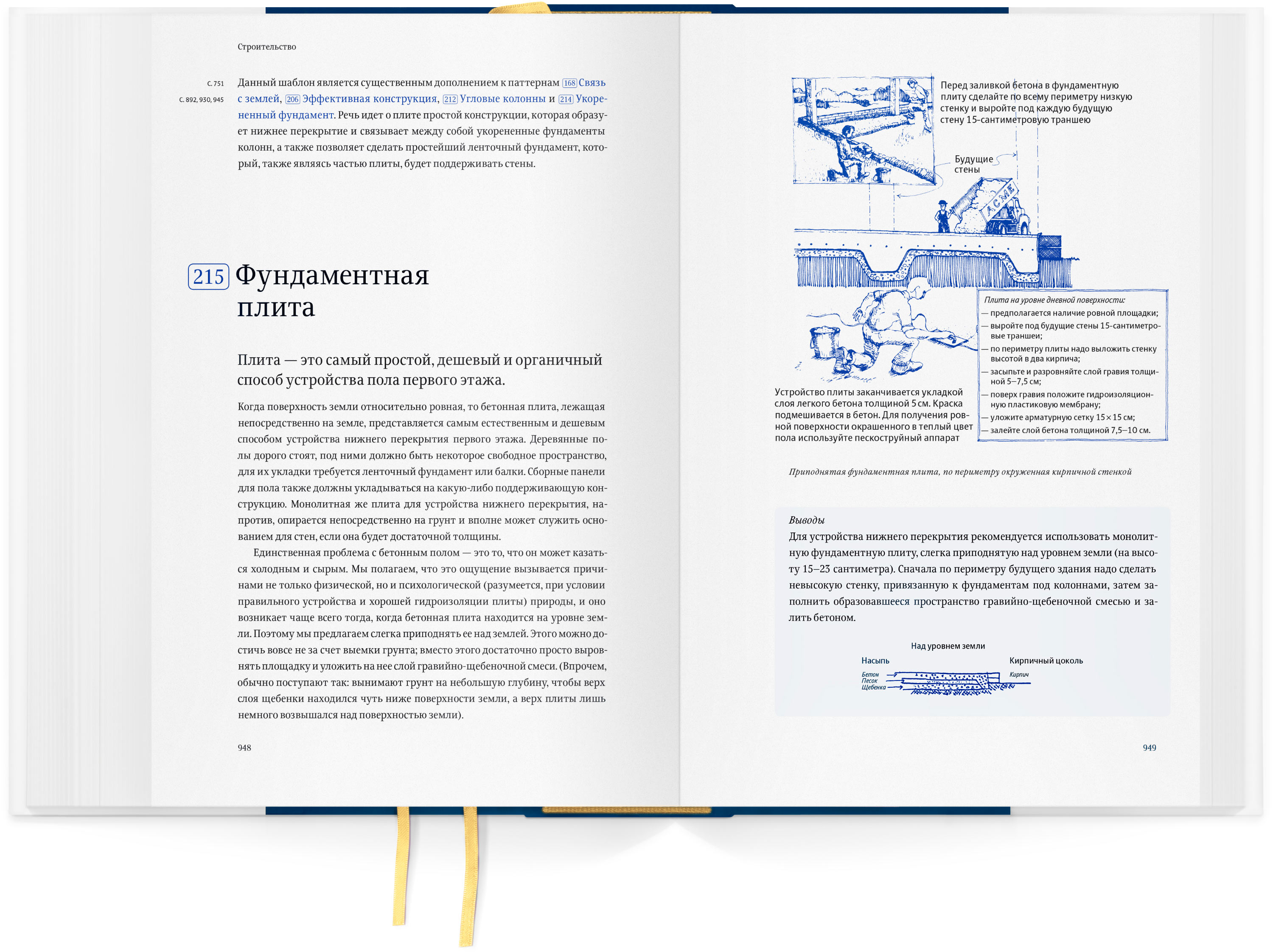
typesetter
illustrators
chief editor
with contributions from
-
- Hardcover
- 1096 pages
- Dimensions: 194×290 mm (7,6″×11,4″)
- Press run: 3000
-
ISBN 978-5-9806-2121-6
